
Have you tried project based learning activities in your classroom?
Project-based learning (PBL) is a student-centered teaching method that encourages learning through meaningful real world based challenges. Students are given a problem, and they must use standards-based skills and knowledge to complete the task.
Project based learning requires a variety of higher level thinking skills, like applying knowledge, analyzing information and possible solutions, generating conclusions, and evaluating processes and results. Learning naturally occurs during this process. But students are so engaged in an interesting task they don’t even realize all the hard work they are doing.
Now I know what you’re thinking, “That sounds awesome, Jamie. But I have no idea how to get started.” I hear you. And that’s why I am making it easy to implement project based learning in the classroom.
Here are 6 tips for easy project based learning activities.
1. Provide authentic and interesting real world connections
Project based learning works best when students are engaged in the learning activity. This means you should select problems or tasks that are authentic and meaningful to kids.
When you choose a real-based learning task you have a ready answer for the questions, ”Why do we have to learn this?” and “Why is this important?”
Instead of simply teaching kids addition. Present a real-world based learning task, like adding a tip to a restaurant bill.
Make sure that the activities you choose are age-appropriate. Elementary school-aged kids are not going to care about designing a new traffic pattern or planning a mayoral campaign. They don’t have enough background knowledge to understand what these things are or why they are important.
Instead, focus on simple projects that students can relate to. Selecting new playground equipment. Planning a birthday party. Organizing a pet show. Designing a new video game. These are the kinds of tasks that are familiar and interesting to kids.
This will help them feel invested in the project and motivated to work hard.
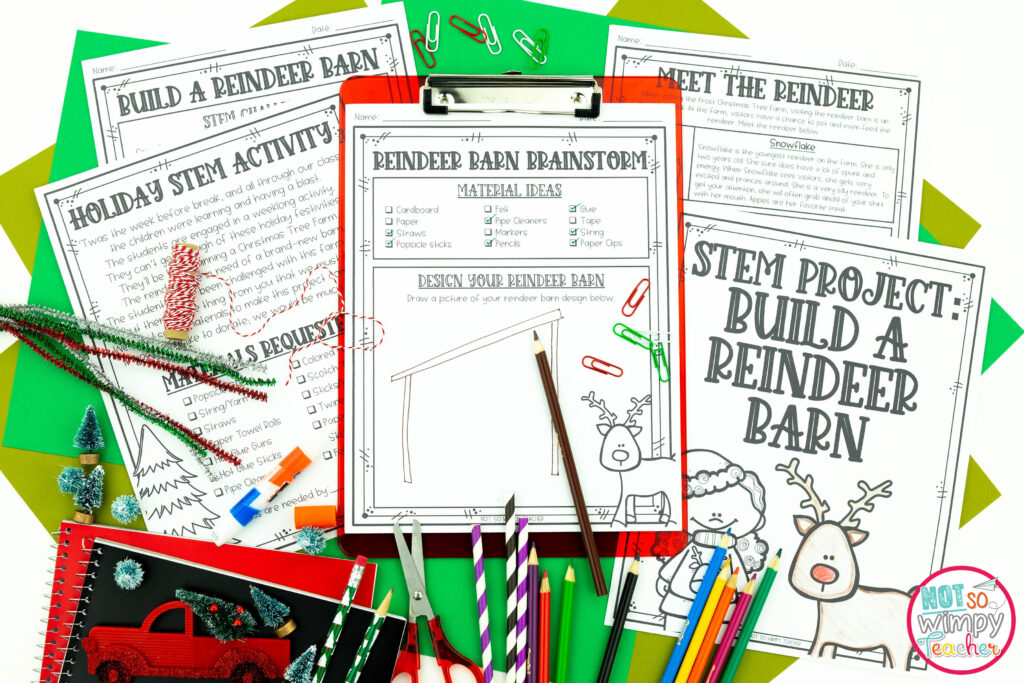
2. Keep the focus on academic skills
Project based learning is fun. But remember, the purpose of PBL activities is learning. So, keep the focus on academic tasks and standards-based skills.
For instance, If your project based learning activity is organizing a bake sale, don’t get caught up in seventeen different kinds of sprinkles. Rather focus on the cost of the ingredients or the yield of the recipes.
Project based learning lends itself to practicing a wide variety of different academic skills. Many tasks naturally incorporate math skills. In the bake sale example above, you could have students double or triple recipes, calculate costs and profits, and sort items by type or price. Almost any project based learning task will have some opportunities to use math skills.
PBLs also give students the opportunity to develop teamwork skills when they are working together in small groups. There are often opportunities to integrate science and social studies, depending on the project. Reading comprehension is always a part of these project based learning activities. Between providing background, setting the scene, and giving important information, there are lots of ways to practice reading skills.
Project based learning can also provide opportunities to practice communication skills as well. Writing, speaking, and even presenting are all a natural part of pbl activities. In fact, when students have the opportunity to share what they learned or discovered they are more invested in the project.
3. Focus on cooperative learning
Project based learning activities are a great way for students to practice cooperative learning. Try putting kids in groups to explore and solve problems. When they have the opportunity to brainstorm ideas and work together, you’ll be amazed at what they can accomplish. They learn much more from experimenting on their own than from simply listening to you talk.
Students will learn many valuable lessons from working together, including accountability, compromise, and taking turns.
I recommend taking some time to teach cooperative learning skills before you launch into the first project. Kids don’t naturally know how to work together. It’s not unusual for one student to try and control the whole project, which is discouraging and frustrating to other kids.
Another common scenario is that one student gets stuck doing all the work while the rest of the group plays around.
Take some time to teach students how to work cooperatively. Brainstorm what a good teammate does. Try role playing both how to act in a group and how not to act. Kids love getting to model bad behavior. Proactively brainstorm potential group pitfalls and, more importantly, solutions. Make an anchor chart of sayings kids can use to help get the group back on track.
Collaborative learning increases student independence and self confidence, and helps students retain information.
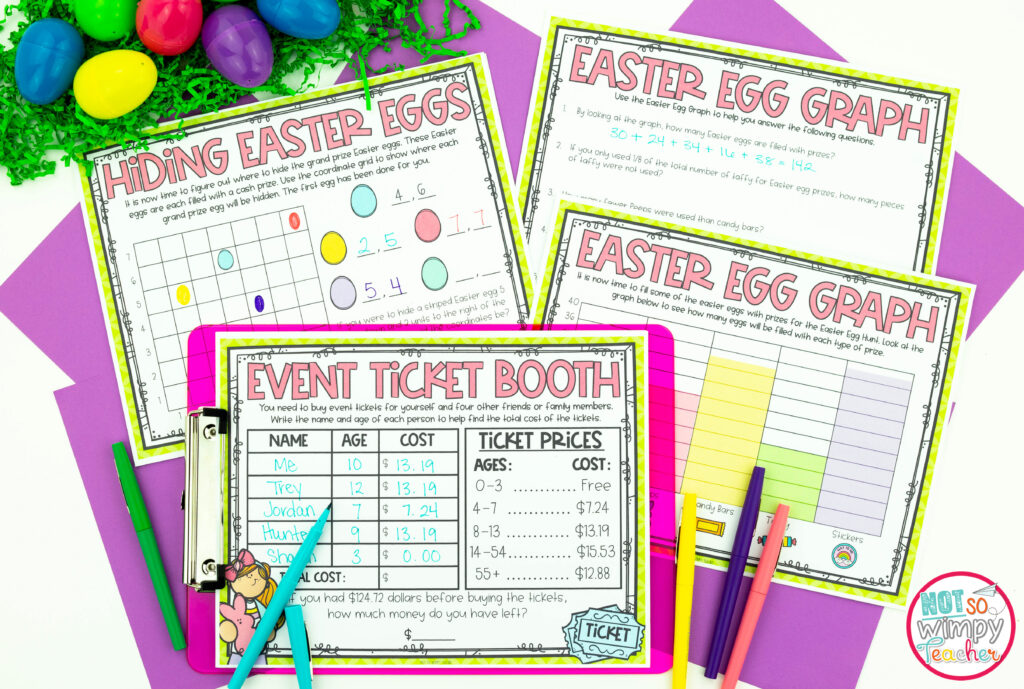
4. Differentiate project based learning activities
It is easy to differentiate with project based learning. And this sets kids up for success.
There are so many ways you can differentiate PBL activities. You can group kids by academic ability and assign different tasks to different groups. Groups can work on entirely different projects, or can complete different activities related to the same projects based on their individual levels.
You can also choose to differentiate based on collaboration skills, social-emotional learning needs, or student interests. And you don’t need to create multiple different assignments to do this.
Maybe your overall task is designing a float for the Holiday parade. If one group is really into sports and another group is really into reading, they could complete the same project but design floats demonstrating their individual interests.
This allows students to learn the material in ways that work best for them. This leads to feelings of pride and ownership as well as personal and academic success.
5. Make time for self-reflection
It’s important to set aside some time for kids to reflect on their learning experience. When kids practice self-assessment and reflection you gain valuable insight into their understanding and development.
Try asking students to assess not just their effort and overall success, but have them think about whether they were helpful teammates, leaders, observers, and collaborators. These roles don’t always come naturally to kids, and when they take some time to honestly consider their own roles and contributions they can learn a lot about themselves and their learning styles.
Self reflection also keeps the focus on growth. When students are given the opportunity to regularly engage in self-reflection, they can track their improvements and set realistic goals for future projects. By focusing the reflection not just on a finished product, kids can also see that there are many ways to measure and to contribute to success.
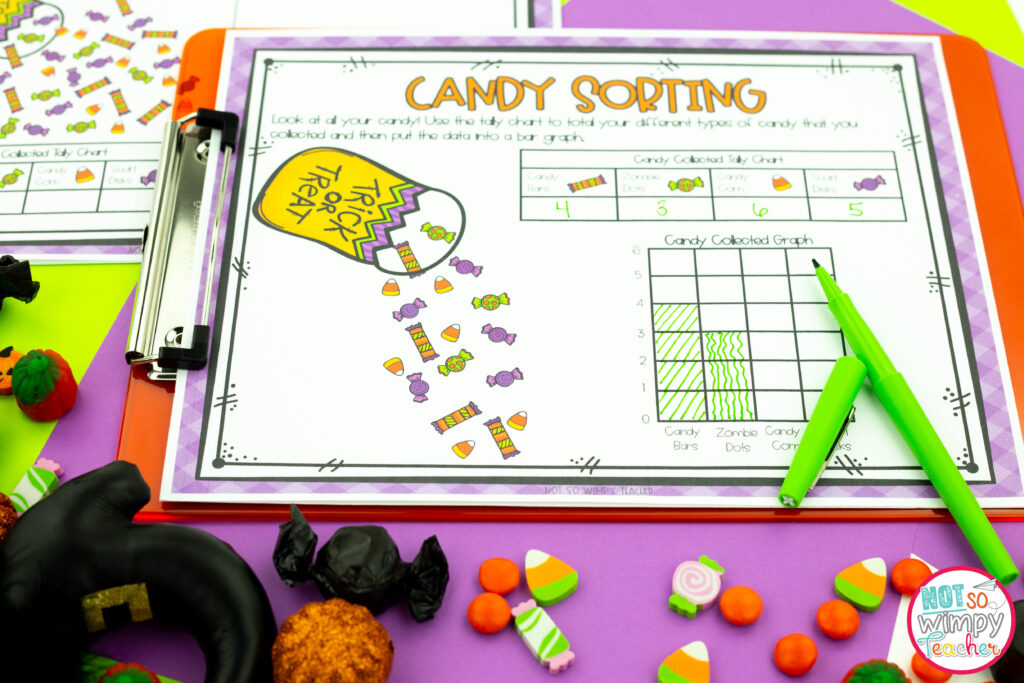
6. Keep it simple
Finally, keep your project based learning activities simple. You don’t need to create a week long immersive learning project. You don’t need to transform your classroom into a hospital or a jungle. And you don’t need lots of props and hands-on activities.
Remember, the focus should be the academic skills. I am a firm believer that less is more. The more elements, decorations, or extras you introduce, the more distracted your students become. (Not to mention the more money and energy it costs you).
All you really need are authentic and engaging real-based problems that require students to use and apply standards-based skills.
Holiday Project Based Learning Bundle
If you’d like some done-for-you PBL activities that are easy, engaging, and effective, you’re in luck. I’ve created a bundle of 6 Holiday Project Based Learning activities that cover all the major holidays:
- Halloween
- Thanksgiving
- Christmas
- Valentine’s Day
- St. Patrick’s Day
- Easter
This bundle gives students extra practice and review of essential math skills with fun holiday themes. In fact, students might be having so much fun celebrating, they won’t even realize they are learning.
Each activity is designed for grades 2-5 and comes with built in differentiation.
These no-prep activities are easy to plan and use in the classroom. There are no complicated instructions, no long lists of supplies, and no messy projects. Simply print and teach.
Each PBL includes:
- Multiple skills-based math activities
- Easy options for differentiation
- Color and black and white versions
- An answer key
- Detailed teacher directions
They are the perfect way to celebrate the holidays and keep the focus on learning.
Shop This Post
I hope these tips help you feel ready to tackle project based learning activities in your classroom.
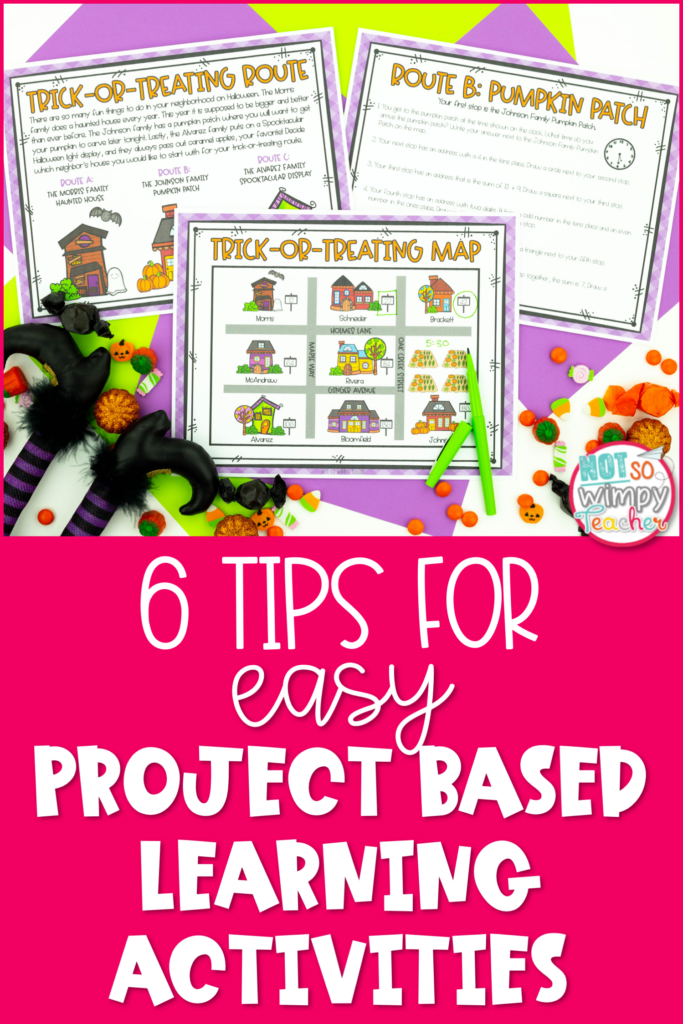
Have a Not So Wimpy Day,

P.S. Learn more about our Halloween Project Based Learning activity, our Thanksgiving PBL, and our Valentine’s Day PBL.

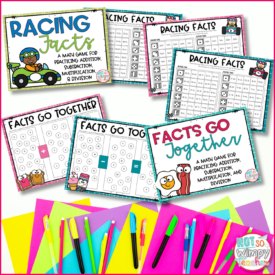
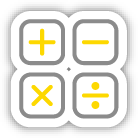


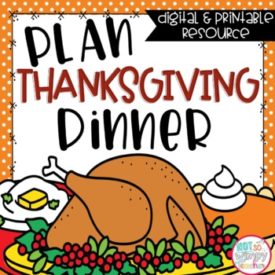


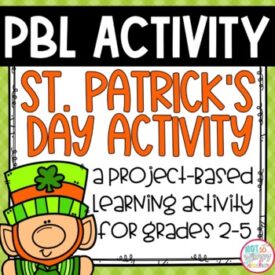
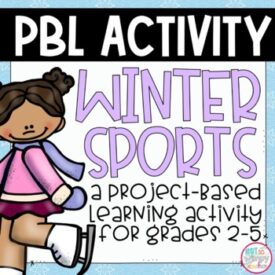
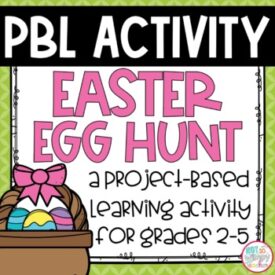


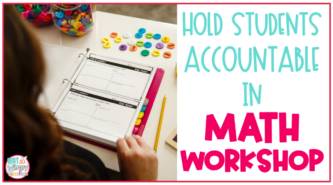
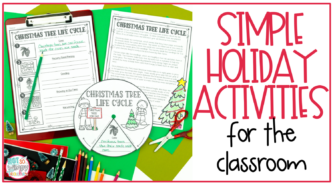











Thank you for these tips! I have always been interested in Project-based learning, but was overwhelmed with where to start. I appreciate these tips to help launch PBL in my math classroom. I especially liked the points about teaching students how to cooperate in a group. The past couple of years have not lent themselves to collaboration among students, which is so important in the classroom and beyond. I also liked the idea of self-reflection because I am always trying to help my students think about their choices and how they affect themselves and others. Thank you for these tips and resources!
You’re welcome, Abby! I’m glad you enjoyed the blog post.
Thank you for these teaching tips on Project-Based Learning. I have implemented some PBL in my classroom but I feel they I don’t have the creativity to keep the students interested. With your ideas I feel I can keep them interested with out turning my classroom upside down. I like your last tip about not needing lots of props and to focus more on academic skills. When I see some teachers who have transformed their rooms into the beach I feel like I just can’t compete with that. I also love you options for differentiation sometimes those ideas are hard to come up with.
Hi Terri,
There are so many different ways to incorporate PBL in your classroom. You have to make sure you incorporate those that you are most comfortable with. Your students will enjoy them no matter what!